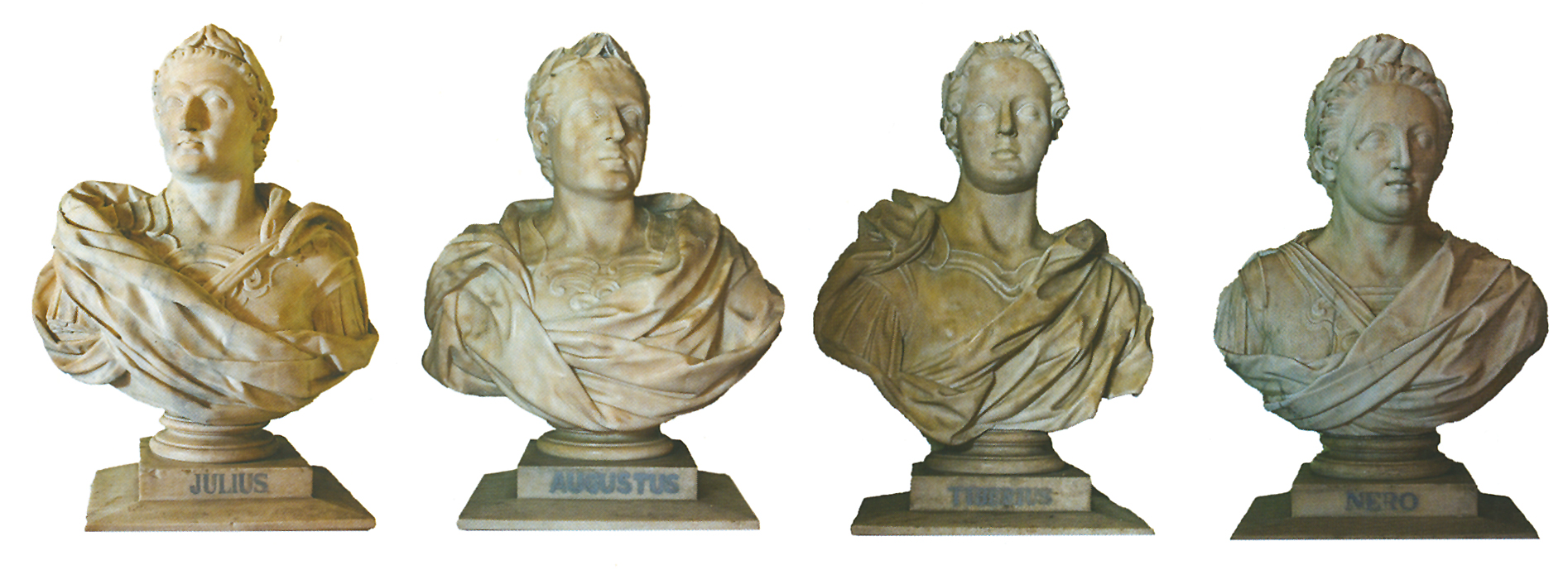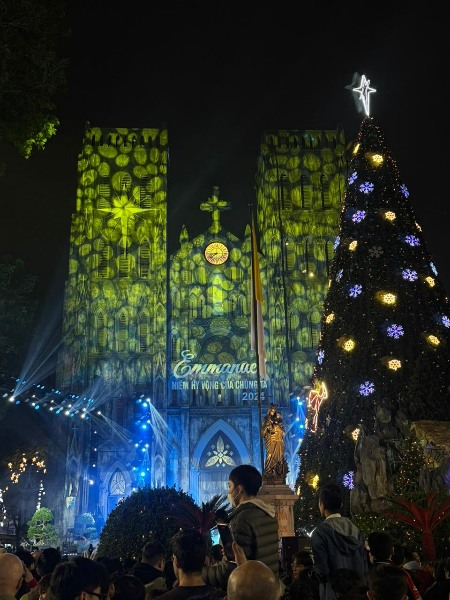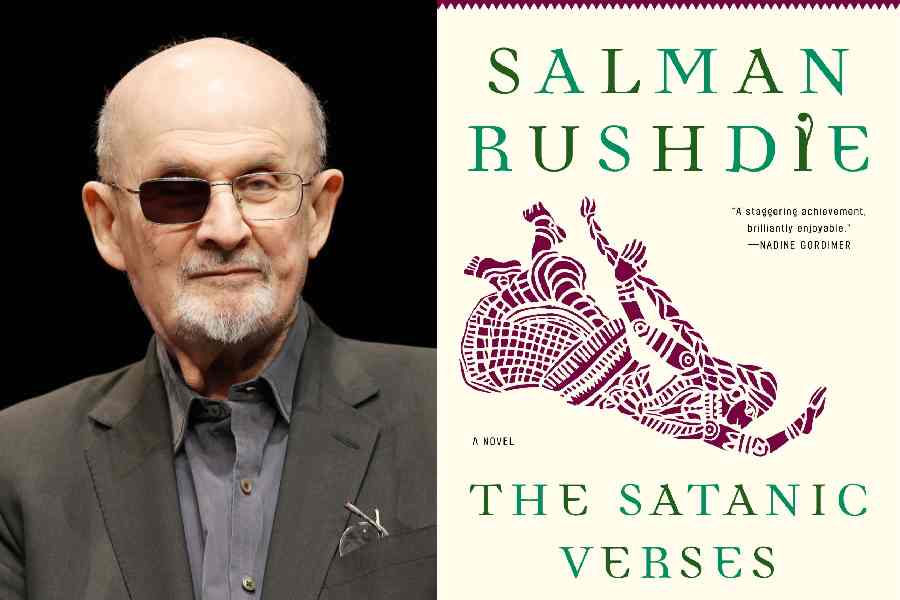Of all the celebrated splendours of Calcutta’s Raj Bhavan, doubtlessly the grandest of all the official residences for the governors and lieutenant-generals of Indian states and Union territories, there is one — actually there is a dozen of them — that has least attracted the attention of photographers, historians and hacks. There is a possibility of visitors missing the Dread Dozen, in spite of the fact that they are lined up on the ground floor itself, maintaining strict social distancing, as it were, although such safety measures could never have been dinned into their marmoreal heads when they were sculpted, long, long before the pandemic. The Dread Dozen is installed behind a screen in the south end of Raj Bhavan’s sprawling Marble Hall that shields them from the public eye.
H.E.A. Cotton’s redoubtable book, Calcutta Old And New (first published in 1907), refers to the Dread Dozen twice. The first time, while describing the Old Court House, after which the eponymous B.B.D. Bagh Street is named and which was pulled down in 1792. Quoting Stavorinus, the Dutch admiral, who visited Calcutta in 1770 and has left behind a description of the upper floor of the court house, Cotton wrote: “...There is no mention, it will be noticed, of the busts of the Twelve Caesars, which were at one time among the ornaments of Court House Assembly Room, and have accompanied the pictures to Government House. They must be of later date, if the generally accepted explanation of their presence in Calcutta be correct, which declares them to have been a present from the French King to the Nizam of Hyderabad, and to have been captured on the high seas along with the ship that was conveying them...”
Almost 450 pages later in the same book, Cotton brings up the Twelve Caesars once again while describing Government House, as Raj Bhavan was called before Independence. “... Along the eastern and western walls are ranged the well-known busts of the Twelve Caesars, captured, according to tradition, from a French ship, together with the portraits of Louis XV and his Queen which hang elsewhere on the south-eastern staircase.”
Reverend Firminger’s early account is slightly different: “On the second floor is the great ball-room, the chandeliers, like the busts of the Caesars below, are said to have been captured from a French ship during one of the wars, but it is more probable that they formed part of the spoil of Chandernagore once housed in the long since vanished Court House...” Another story has it that the more-than-life-size busts were seized from a Dutch ship which was taking them to decorate the Dutch Government House in Java. The Twelve Caesars were Rome’s first 12 leaders from Julius Caesar to Domitian. The Twelve Caesars includes the Julio-Claudians, Rome’s first imperial dynasty (Julius Caesar, Augustus, Tiberius, Caligula, Claudius, Nero), three short-lived emperors during the civil wars of CE 69 (Galba, Otho, Vitellius), and the Flavian dynasty (Vespasian, Titus, Domitian).
But Lord Curzon, on whose family seat, Kedleston Hall in Derbyshire, Raj Bhavan was modelled dismissed these accounts as “legends.” When Lord Curzon was Viceroy of India (1898-1905), he found the Twelve Caesars propped up on ugly wooden pedestals, which he replaced with Indian marble of the finest quality. Curzon conjectured, and perhaps correctly, that the marble busts were replicas of similar adornments found in neo-classical palaces and mansions constructed in the 18th century. Kedleston Hall, too, has a similar set, and the architect was simply reproducing that design.
The Twelve Caesars in Max Beerbohm’s delightful tragicomic novel, Zuleika Dobson, are more than dumb witnesses of catastrophes in a fictitious Oxford. If only the countenances of Raj Bhavan’s Roman emperors were as articulate as those of the 12 emperors in Beerbohm’s creation.











